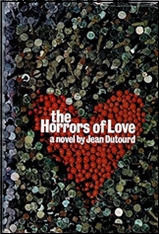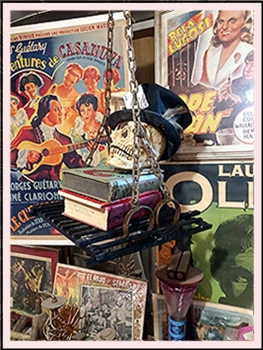Sun 13 Apr 2025
PI Stories I’m Reading: SUE GRAFTON “Full Circle.”
Posted by Steve under Stories I'm Reading[2] Comments
SUE GRAFTON “Full Circle.” PI Kinsey Millhone. First appeared in A Woman’s Eye, edited by Sara Paretsky (Delacorte Press, 1991). An audio reading is available on You Tube (see below).

According to the brief introduction to this story in the Sara Paretsky anthology, this story appeared just after G Is for Gumshoe, or early towards the middle of Sue Grafton’s lengthy A to Y series of book-length adventures of PI Kinsey Millhone, based in invariably sunny Santa Teresa California.
“Full Circle” begins with Kinsey being involved in a multi-can accident on the freeway, but she leaves, hours later, without realizing that one young woman is dead. She assumes her death was of course caused by her injuries in the accident, and she is surprised to learn later that the girl actually died from bullet wounds.
She is soon hired by the girl’s mother who believes the police are not working hard enough on the case, which is where the story begins in earnest – meaning the usual footwork a PI has to do on a case such as this, investigating family and friends, as well as any other suspects, all the while keeping on the right side of the law.
I wish, though, that while it turns out not to be essential to the story, that as well as the footwork described above, Kinsey had followed up more on how the shooting was done. Given the lack of focus on the physical evidence, this left me a lot more puzzled than I think I should have been. And yet, after some consideration, I finally decided that the ending made up for it.
At least in part. I’d like to say more, but I’ve decided not to. I’ll just use the word “karma” and say that the title of the story is all I will do to give you a hint. It’s an ending that a woman writing a story about a female PI is more likely to have written that a male author might have. Or at least I think so.
To sum up, though, it’s an above average story, but for me, it’s one that just doesn’t come together as well as Grafton intended it to. I’ll leave it at that.















